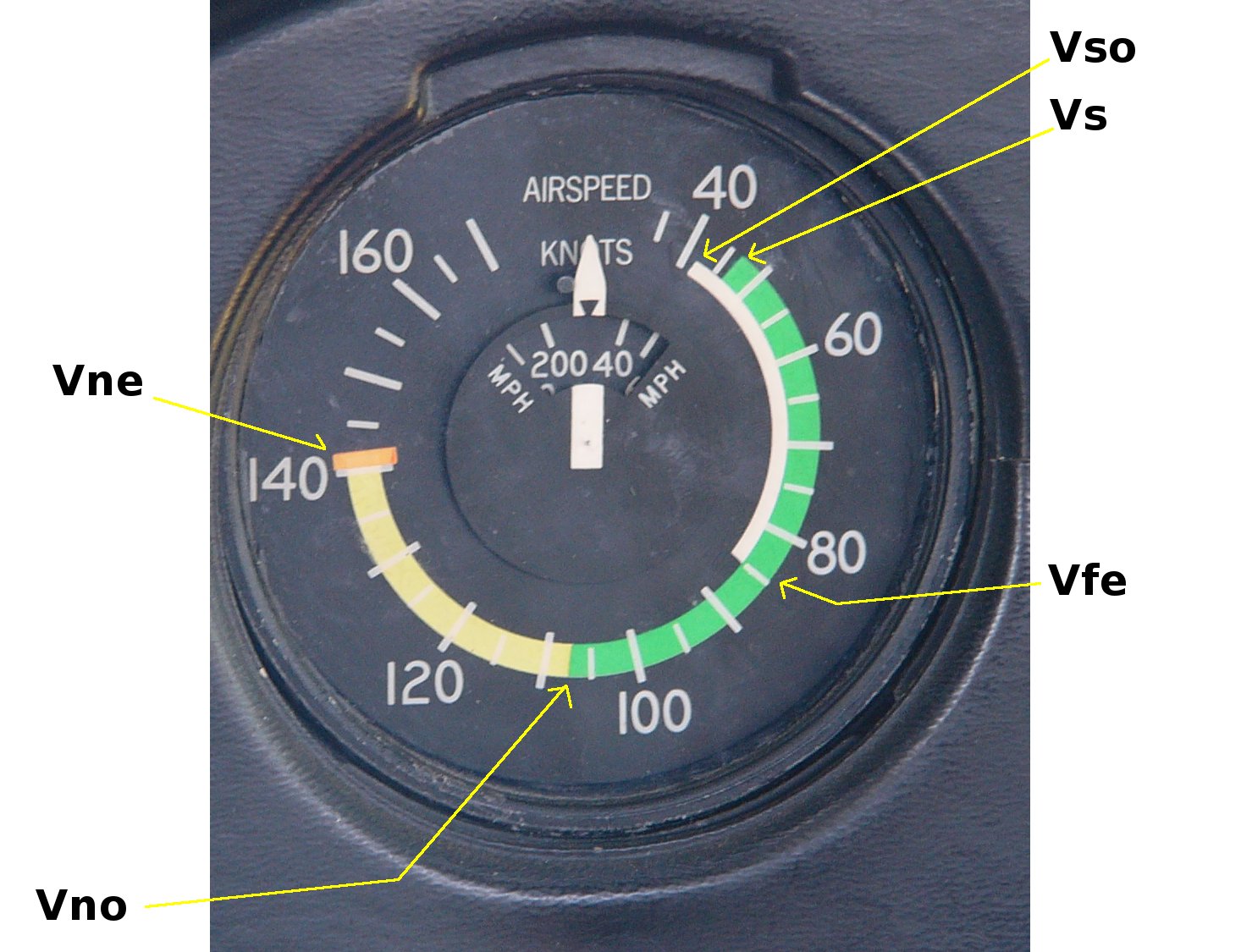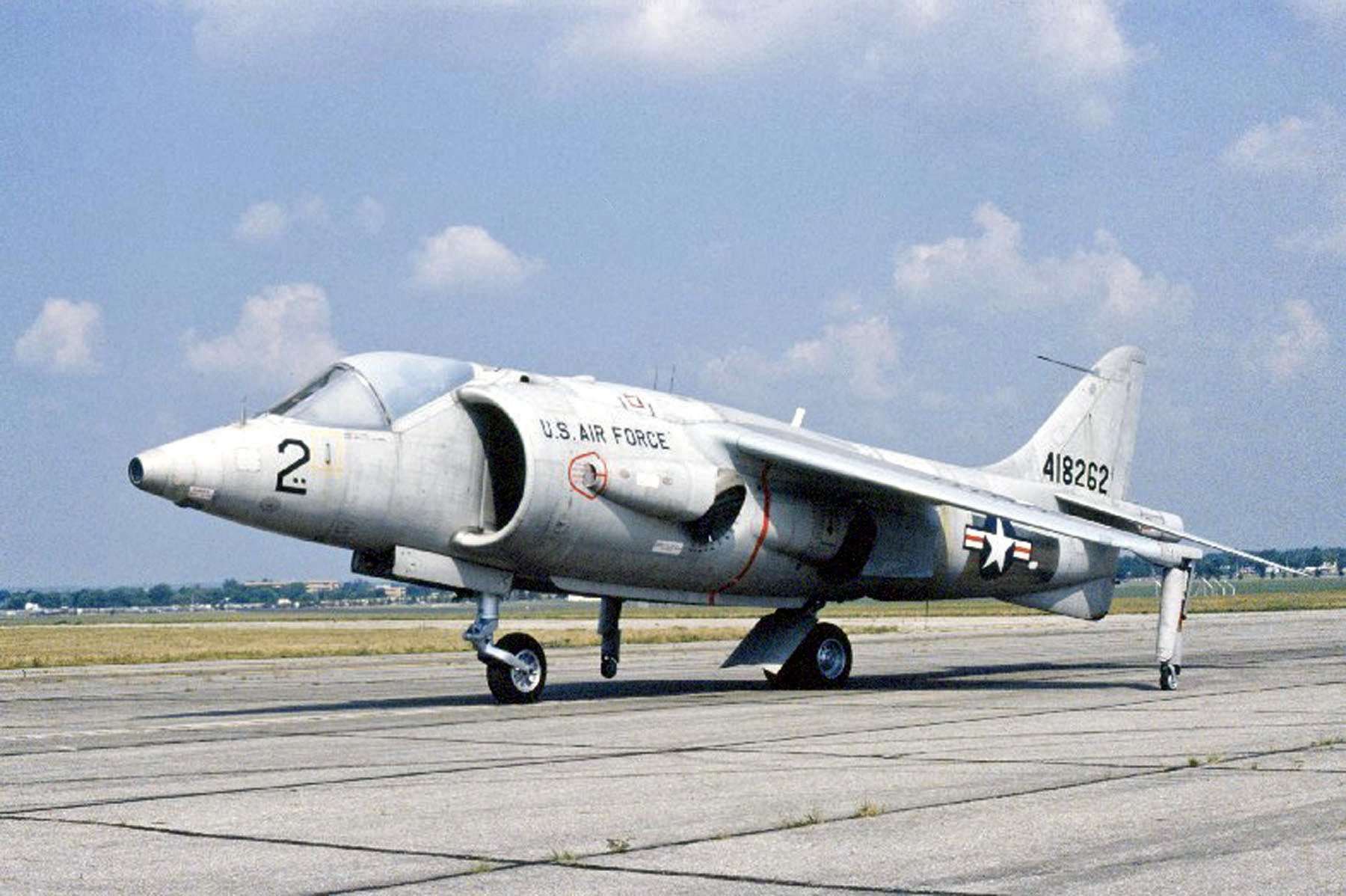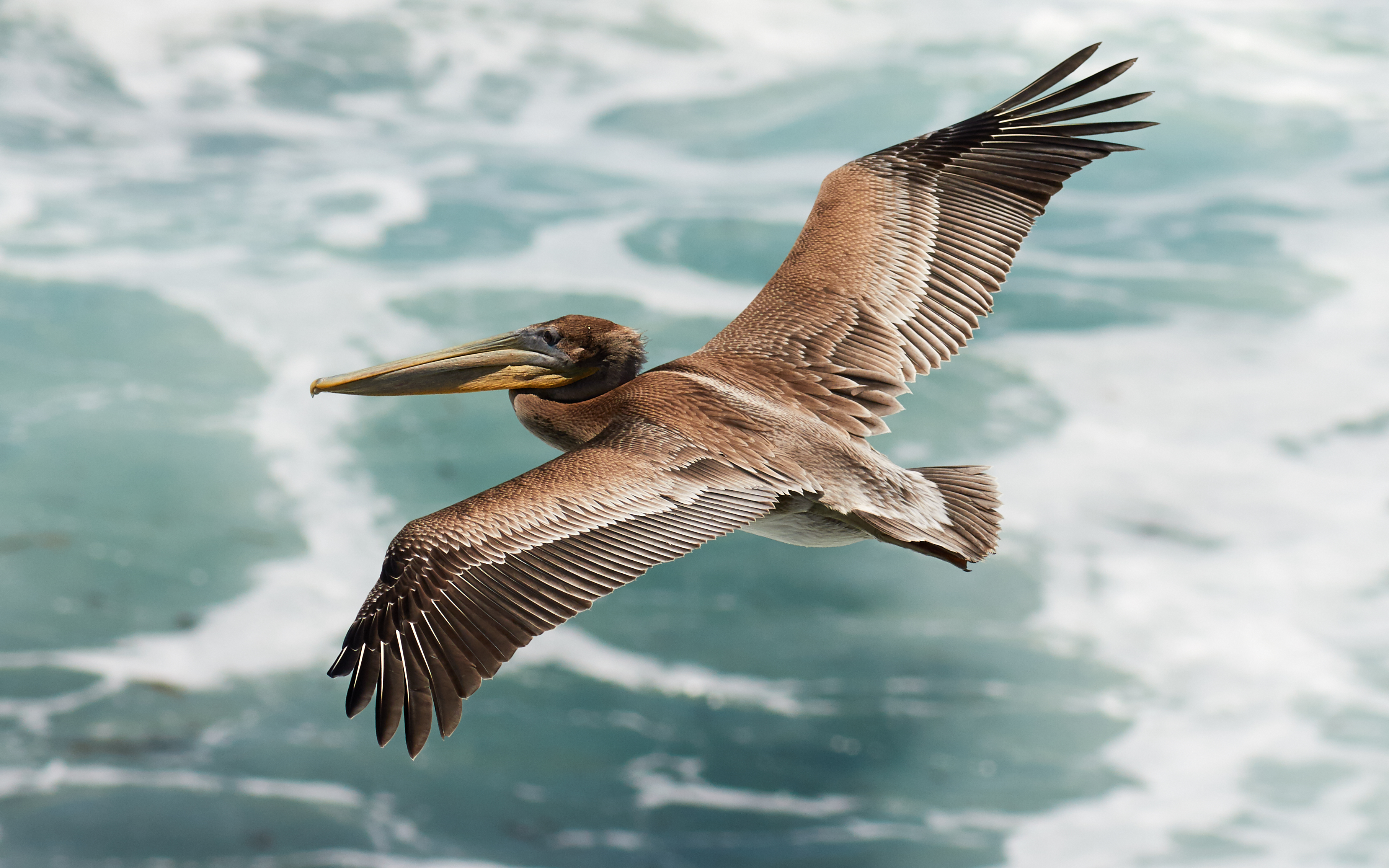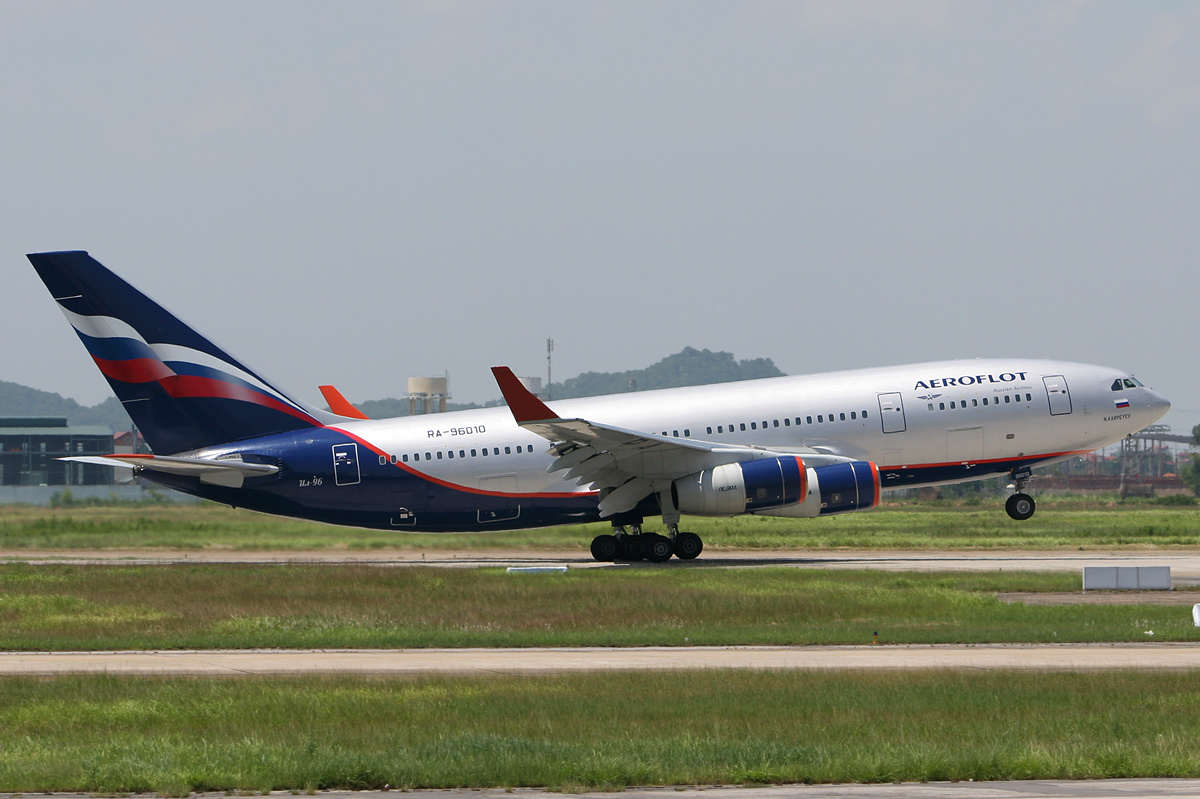|
Takeoff
Takeoff is the phase of flight in which an aerospace vehicle leaves the ground and becomes airborne. For aircraft traveling vertically, this is known as liftoff. For aircraft that take off horizontally, this usually involves starting with a transition from moving along the ground on a runway. For balloons, helicopters and some specialized fixed-wing aircraft (VTOL aircraft such as the Harrier and the Bell Boeing V22 Osprey), no runway is needed. Horizontal Power settings For light aircraft, usually full power is used during takeoff. Large transport category (airliner) aircraft may use a reduced power for takeoff, where less than full power is applied in order to prolong engine life, reduce maintenance costs and reduce noise emissions. In some emergency cases, the power used can then be increased to increase the aircraft's performance. Before takeoff, the engines, particularly piston engines, are routinely run up at high power to check for engine-related problems. The a ... [...More Info...] [...Related Items...] OR: [Wikipedia] [Google] [Baidu] |
Runway
According to the International Civil Aviation Organization (ICAO), a runway is a "defined rectangular area on a land aerodrome prepared for the landing and takeoff of aircraft". Runways may be a man-made surface (often asphalt concrete, asphalt, concrete, or a mixture of both) or a natural surface (sod, grass, soil, dirt, gravel, ice, sand or road salt, salt). Runways, as well as taxiways and Airport apron, ramps, are sometimes referred to as "tarmac", though very few runways are built using Tarmacadam, tarmac. Takeoff and landing areas defined on the surface of water for seaplanes are generally referred to as waterways. Runway lengths are now International Civil Aviation Organization#Use of the International System of Units, commonly given in meters worldwide, except in North America where feet are commonly used. History In 1916, in a World War I war effort context, the first concrete-paved runway was built in Clermont-Ferrand in France, allowing local company Michelin to ... [...More Info...] [...Related Items...] OR: [Wikipedia] [Google] [Baidu] |
V-speed
In aviation, V-speeds are standard terms used to define airspeeds important or useful to the operation of all aircraft. These speeds are derived from data obtained by aircraft designers and manufacturers during flight testing for aircraft type-certification. Using them is considered a best practice to maximize aviation safety, aircraft performance, or both. The actual speeds represented by these designators are specific to a particular model of aircraft. They are expressed by the aircraft's indicated airspeed (and not by, for example, the ground speed), so that pilots may use them directly, without having to apply correction factors, as aircraft instruments also show indicated airspeed. In general aviation aircraft, the most commonly used and most safety-critical airspeeds are displayed as color-coded arcs and lines located on the face of an aircraft's airspeed indicator. The lower ends of the white arc and the green arc are the stalling speed with wing flaps in landing config ... [...More Info...] [...Related Items...] OR: [Wikipedia] [Google] [Baidu] |
Bell Boeing V22 Osprey
The Bell Boeing V-22 Osprey is an American multi-mission, tiltrotor military aircraft with both vertical takeoff and landing (VTOL) and short takeoff and landing (STOL) capabilities. It is designed to combine the functionality of a conventional helicopter with the long-range, high-speed cruise performance of a turboprop aircraft. In 1980, the failure of Operation Eagle Claw (during the Iran hostage crisis) underscored that there were military roles for which neither conventional helicopters nor fixed-wing transport aircraft were well-suited. The United States Department of Defense (DoD) initiated a program to develop an innovative transport aircraft with long-range, high-speed, and vertical-takeoff capabilities, and the Joint-service Vertical take-off/landing Experimental (JVX) program officially commenced in 1981. A partnership between Bell Helicopter and Boeing Helicopters was awarded a development contract in 1983 for the V-22 tiltrotor aircraft. The Bell Boeing team joint ... [...More Info...] [...Related Items...] OR: [Wikipedia] [Google] [Baidu] |
Landing Gear
Landing gear is the undercarriage of an aircraft or spacecraft that is used for takeoff or landing. For aircraft it is generally needed for both. It was also formerly called ''alighting gear'' by some manufacturers, such as the Glenn L. Martin Company. For aircraft, Stinton makes the terminology distinction ''undercarriage (British) = landing gear (US)''. For aircraft, the landing gear supports the craft when it is not flying, allowing it to take off, land, and taxi without damage. Wheeled landing gear is the most common, with skis or floats needed to operate from snow/ice/water and skids for vertical operation on land. Faster aircraft have retractable undercarriages, which fold away during flight to reduce drag. Some unusual landing gear have been evaluated experimentally. These include: no landing gear (to save weight), made possible by operating from a catapult cradle and flexible landing deck: air cushion (to enable operation over a wide range of ground obstacles and wa ... [...More Info...] [...Related Items...] OR: [Wikipedia] [Google] [Baidu] |
VTOL
A vertical take-off and landing (VTOL) aircraft is one that can take off and land vertically without relying on a runway. This classification can include a variety of types of aircraft including helicopters as well as thrust-vectoring fixed-wing aircraft and other hybrid aircraft with powered rotors such as cyclogyros/cyclocopters and gyrodynes. Some VTOL aircraft can operate in other modes as well, such as CTOL (conventional take-off & landing), STOL (short take-off & landing), or STOVL (short take-off & vertical landing). Others, such as some helicopters, can only operate as VTOL, due to the aircraft lacking landing gear that can handle taxiing. VTOL is a subset of V/STOL (vertical or short take-off & landing). Some lighter-than-air aircraft also qualify as VTOL aircraft, as they can hover, takeoff and land with vertical approach/departure profiles. Electric vertical takeoff and landing aircraft, or eVTOLs, are being developed along with more autonomous flight con ... [...More Info...] [...Related Items...] OR: [Wikipedia] [Google] [Baidu] |
Hawker Siddeley Harrier
The Hawker Siddeley Harrier is a British military aircraft. It was the first of the Harrier series of aircraft and was developed in the 1960s as the first operational ground attack and reconnaissance aircraft with vertical/short takeoff and landing (V/STOL) capabilities and the only truly successful V/STOL design of that era. The Harrier was developed directly from the Hawker Siddeley Kestrel prototype aircraft, following the cancellation of a more advanced supersonic aircraft, the Hawker Siddeley P.1154. In the late 1960s, the Harrier GR.1 and GR.3 variants were ordered by the British government for the Royal Air Force (RAF). It was exported to the United States as the AV-8A, for use by the US Marine Corps (USMC), in the 1970s. During the Harrier's service the RAF positioned the bulk of the aircraft in West Germany to defend against a potential invasion of Western Europe by the Warsaw Pact forces; the unique abilities of the Harrier allowed the RAF to disperse their for ... [...More Info...] [...Related Items...] OR: [Wikipedia] [Google] [Baidu] |
Flap (aircraft)
A flap is a high-lift device used to reduce the stalling speed of an aircraft wing at a given weight. Flaps are usually mounted on the wing trailing edges of a fixed-wing aircraft. Flaps are used to reduce the take-off distance and the landing distance. Flaps also cause an increase in drag so they are retracted when not needed. The flaps installed on most aircraft are partial-span flaps; spanwise from near the wing root to the inboard end of the ailerons. When partial-span flaps are extended they alter the spanwise lift distribution on the wing by causing the inboard half of the wing to supply an increased proportion of the lift, and the outboard half to supply a reduced proportion of the lift. Reducing the proportion of the lift supplied by the outboard half of the wing is accompanied by a reduction in the angle of attack on the outboard half. This is beneficial because it increases the margin above the stall of the outboard half, maintaining aileron effectiveness and reduc ... [...More Info...] [...Related Items...] OR: [Wikipedia] [Google] [Baidu] |
Flight
Flight or flying is the process by which an object moves through a space without contacting any planetary surface, either within an atmosphere (i.e. air flight or aviation) or through the vacuum of outer space (i.e. spaceflight). This can be achieved by generating aerodynamic lift associated with gliding or propulsive thrust, aerostatically using buoyancy, or by ballistic movement. Many things can fly, from animal aviators such as birds, bats and insects, to natural gliders/parachuters such as patagial animals, anemochorous seeds and ballistospores, to human inventions like aircraft (airplanes, helicopters, airships, balloons, etc.) and rockets which may propel spacecraft and spaceplanes. The engineering aspects of flight are the purview of aerospace engineering which is subdivided into aeronautics, the study of vehicles that travel through the atmosphere, and astronautics, the study of vehicles that travel through space, and ballistics, the study of the flight of ... [...More Info...] [...Related Items...] OR: [Wikipedia] [Google] [Baidu] |
Boeing 737-800 (EI-ENI) Of Ryanair Departs Bristol Airport, England 23Aug2014 Arp
The Boeing 737 Next Generation, commonly abbreviated as 737NG, or 737 Next Gen, is a narrow-body aircraft powered by two jet engines and produced by Boeing Commercial Airplanes. Launched in 1993 as the third generation derivative of the Boeing 737, it has been produced since 1997 and is an upgrade of the 737 Classic (−300/-400/-500) series. It has a redesigned wing with a larger area, a wider wingspan, greater fuel capacity, and higher maximum takeoff weights (MTOW) and longer range. It has CFM International CFM56-7 series engines, a glass cockpit, and upgraded and redesigned interior configurations. The series includes four variants, the −600/-700/-800/-900, seating between 108 and 215 passengers. The 737NG's primary competition is the Airbus A320 family. , a total of 7,124 737NG aircraft had been ordered, of which 7,096 had been delivered, with remaining orders for two -800, and 26 -800A variants. The most produced variant was the 737-800, with 4,991 commercial, 191 mi ... [...More Info...] [...Related Items...] OR: [Wikipedia] [Google] [Baidu] |
Transport Category
Transport category is a category of airworthiness applicable to large civil airplanes and large civil helicopters. Any aircraft's airworthiness category is shown on its airworthiness certificate. The name "transport category" is used in the US, Canada, Europe and many other countries. Concept of transport category airworthiness A principle behind transport category design standards is that any element in an airplane or helicopter can fail, but the risk of such a failure causing an accident should be acceptable under certain airworthiness requirements. Consequently, transport category airplanes and helicopters have duplicated elements wherever failure of one element is likely to cause an accident. For example, transport category airplanes must have at least two engines and be flown by at least two pilots. The loads on the wings and tailplanes are usually carried by multiple load paths. If one element of the primary structure fails due to metal fatigue or corrosion the remainin ... [...More Info...] [...Related Items...] OR: [Wikipedia] [Google] [Baidu] |
High-lift Device
In aircraft design and aerospace engineering, a high-lift device is a component or mechanism on an aircraft's wing that increases the amount of lift produced by the wing. The device may be a fixed component, or a movable mechanism which is deployed when required. Common movable high-lift devices include wing flaps and slats. Fixed devices include leading-edge slots, leading edge root extensions, and boundary layer control systems. Purpose The size and lifting capacity of a fixed wing is chosen as a compromise between differing requirements. For example, a larger wing will provide more lift and reduce the distance and speeds required for takeoff and landing, but will increase drag, which reduces performance during the cruising portion of flight. Modern passenger jet wing designs are optimized for speed and efficiency during the cruise portion of flight, since this is where the aircraft spends the vast majority of its flight time. High-lift devices compensate for this design tr ... [...More Info...] [...Related Items...] OR: [Wikipedia] [Google] [Baidu] |
Rotation (aeronautics)
In aviation, rotation refers to the action of applying back pressure to a control device, such as a yoke, side-stick or centre stick, to lift the nose wheel off the ground during takeoff. The aircraft rotates around its lateral axis. Rotation is begun at the speed known as VR. Rotation at the correct speed and to the correct angle is important for safety reasons and to decrease takeoff distance. After rotation, the aircraft continues to accelerate until it reaches its liftoff speed VLO, at which point it leaves the runway. Over-rotation can cause a tailstrike, which can damage the underside of the tail unless prevented by a protection device such as a tailskid or tail bumper. A certification test is required to show that a new aircraft design will still take off safely with the tail dragging on the runway. Using a higher VR will increase tail clearance and reduce the probability of tailstrike. Description Rotation applies to tricycle gear aircraft rather than those with convent ... [...More Info...] [...Related Items...] OR: [Wikipedia] [Google] [Baidu] |









.jpg)
